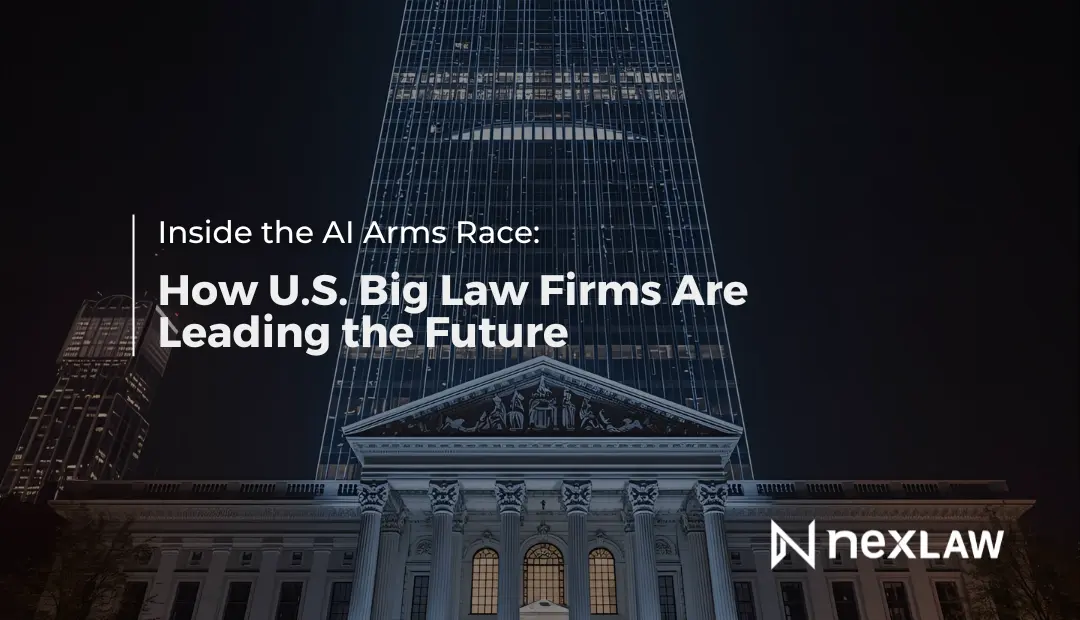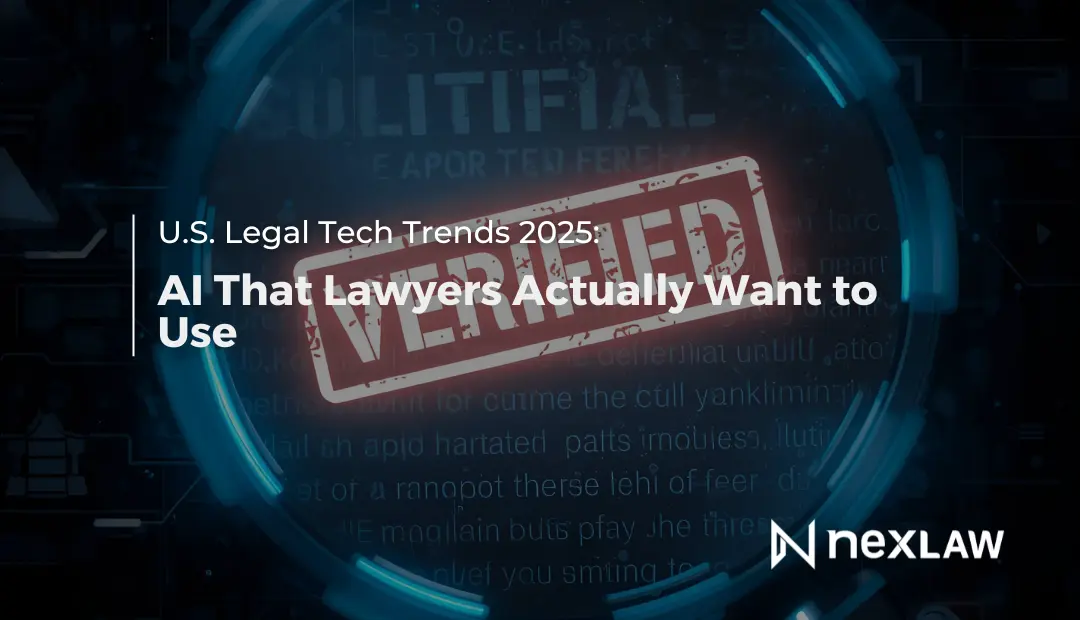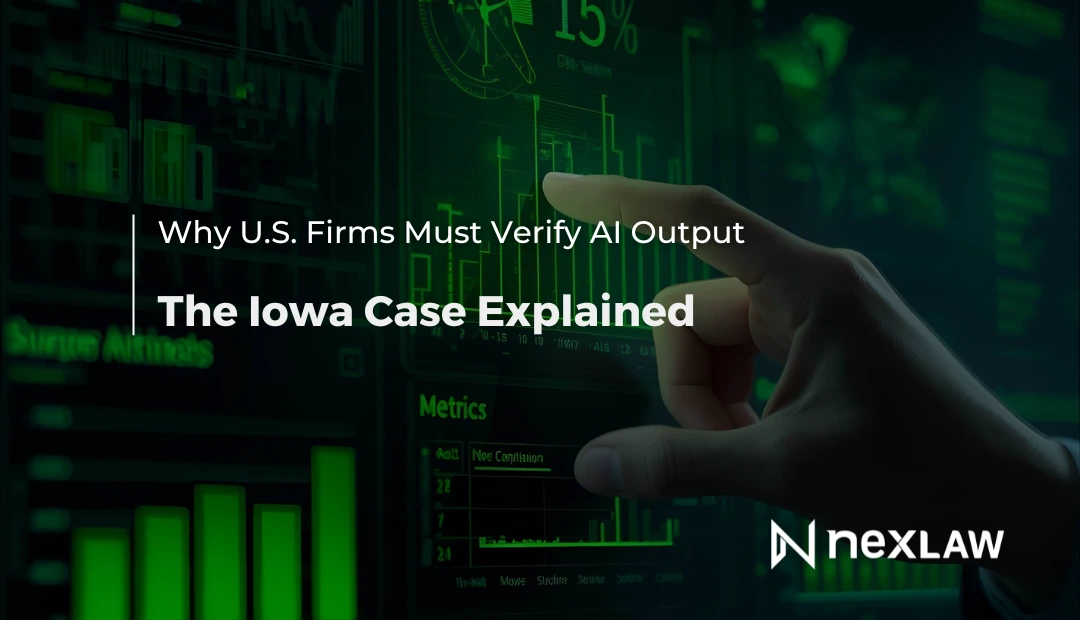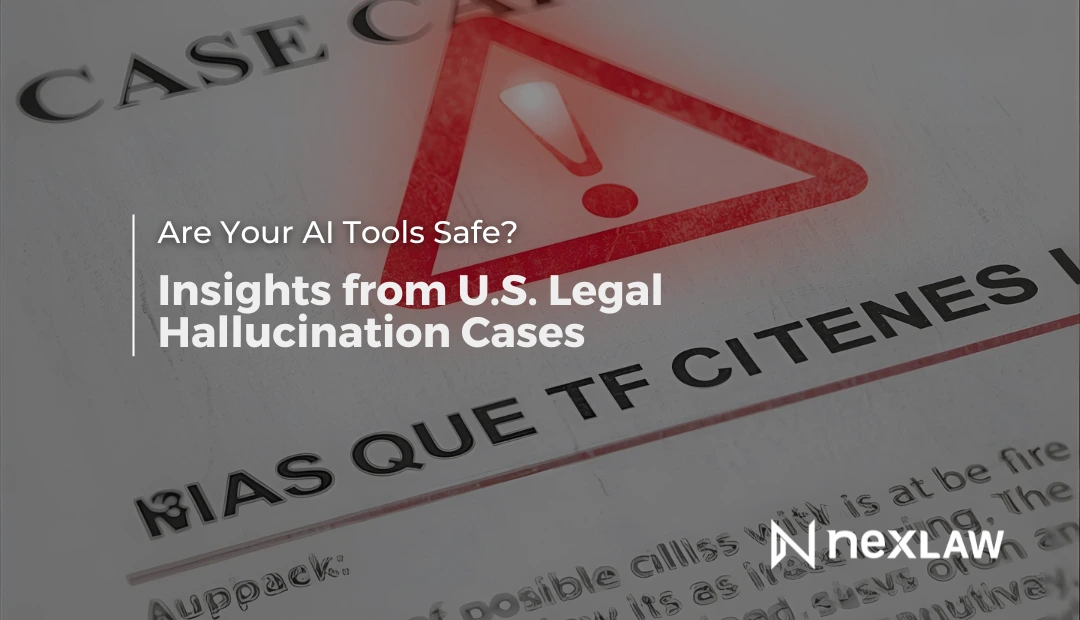Inside the AI Arms Race: How U.S. Big Law Firms Are Leading the Future
Introduction
Artificial intelligence is no longer a side project in U.S. Big Law firms, it has become a central driver of competitiveness. What was once “future tech” is now reshaping how the country’s largest firms handle research, draft filings, review discovery, and deliver services to clients.
Unlock Legal Insights Instantly!
This rapid shift has been described as an AI arms race. Big Law leaders are investing in proprietary systems, firmwide pilots, and specialized training to integrate AI into daily workflows. For litigators at every level, from Am Law giants to boutique practices, the question is no longer if AI will change the profession, but how quickly and responsibly they can adapt.
The AI Arms Race in U.S. Big Law
By 2025, the largest firms in the United States are no longer just experimenting with AI. Many are deploying it across multiple workflows, often allocating significant resources to internal platforms, vendor partnerships, and structured rollouts.
Industry reports confirm that AI is becoming a business necessity, not just a support tool. Firms that use it effectively strengthen their efficiency, service quality, and ability to compete for high-value clients. Those that delay adoption risk losing ground to faster-moving rivals.
What Big Law Is Automating First
Large firms are targeting workflows that combine high cost with high volume, including:
- Legal research → AI accelerates review of statutes, precedents, and case law, saving hours per project.
- Drafting motions and briefs → Initial drafts of routine filings are generated quickly, letting attorneys focus on refining arguments.
- Discovery and due diligence → NLP tools filter massive document sets, flagging only the most relevant materials.
- Client memos and summaries → AI produces concise drafts for faster turnaround, which attorneys then polish for delivery.
For litigators, these efficiencies are especially valuable. Tight deadlines and client expectations mean every saved hour matters.
Why AI Has Become a Business Imperative
This arms race is being fueled not only by technology, but by client expectations. Corporate clients increasingly ask:
- “Why should we pay premium rates for work that technology can complete in minutes?”
- “Why can’t legal updates be as fast and transparent as in other industries?”
In response, some firms are re-examining traditional billing structures and exploring value-based or flat-fee arrangements. AI aligns naturally with these shifts: firms lower internal costs while continuing to deliver high-quality results.
Without AI, firms risk pressure on two fronts:
- Pricing → Competitors leveraging automation can deliver faster service at competitive rates.
- Talent → Younger attorneys expect to work with advanced tools. Firms that lag risk losing the next generation of leaders.
The Risks of Moving Too Fast
The benefits are clear, but rushing AI adoption carries risks. Courts and regulators have already spotlighted what can go wrong when firms use general chatbots without safeguards:
- AI hallucinations in filings → U.S. judges have sanctioned attorneys for citing fabricated cases.
- Confidentiality breaches → Uploading client data into consumer-grade tools can create exposure.
- Over-reliance on automation → Unverified outputs risk malpractice and reputational damage.
The leading approach is a human-in-the-loop model: attorneys must review all outputs, with verification systems in place to check accuracy and citations. This balances speed with professional accountability.
Lessons from Big Law Leaders
Some of the world’s largest firms are showing how to integrate AI responsibly. For example, A&O Shearman rolled out a generative AI assistant to thousands of employees, but only after building strict auditing protocols and tailored training by practice group.
This measured “pilot, audit, scale” model underscores that adoption isn’t about speed alone. Trust, accountability, and gradual integration are the real keys to long-term success.
What Mid-Sized and Boutique Firms Can Learn
Smaller firms don’t need Big Law’s budget to capture the same gains. By studying early adopters, they can avoid pitfalls and implement AI more efficiently.
Practical steps include:
- Start small → Focus on one area like research or drafting.
- Verify everything → Use platforms with built-in citation checks to avoid sanctions.
- Train your team → Provide clear policies and hands-on sessions to boost confidence.
- Measure ROI → Track hours saved, accuracy gains, and client feedback.
Smaller firms that follow this model can deliver Big Law–level efficiency while preserving the agility and personal service clients value.
The Future: AI as a Litigation Strategy Partner
Looking ahead, AI will likely expand beyond support tasks into strategic analysis. With access to judge histories, case law databases, and litigation analytics, AI could help attorneys:
- Model case outcomes
- Identify favorable venues
- Anticipate opposing arguments
No system will replace attorney judgment, but AI is poised to act as a co-pilot, augmenting decisions with data-driven insights once impossible to generate at scale.
Where NexLaw Fits In
For firms of all sizes, the challenge isn’t just adopting AI—it’s adopting the right AI.
That’s where NexLaw | Your AI Legal Assistant stands apart. Purpose-built for U.S. litigation, NexLaw avoids the pitfalls of generic chatbots with features designed for courtroom-ready reliability:
- Verified citations & audit trails → Eliminate hallucinations and strengthen trust with courts.
- Modular rollout → Start with research or drafting, expand into strategy as comfort grows.
- Policy alignment → Built-in safeguards based on ABA Model Rules.
- ROI dashboards → Track time saved and costs reduced, supporting modern fee models.
Unlike broad platforms, NexLaw’s litigation-first design ensures firms can adopt AI safely, strategically, and competitively.
Conclusion
The AI arms race in U.S. Big Law is already reshaping the legal market. From firmwide rollouts to new billing approaches, the stakes are high and the risks are real.
Whether you are part of an Am Law giant or a boutique practice, the best path forward is measured, verifiable, and client-focused adoption.
With platforms like NexLaw, law firms can lead, not lag, in this new era of AI-powered litigation.
Lawyers who embrace AI today are shaping the legal profession of tomorrow. Whether you’re part of a litigation team, a solo attorney, or a paralegal eager to expand your role, NexLaw makes it possible.
NexLaw is designed to help paralegals and attorneys—solo or from small and mid-size—prepare cases more efficiently, with greater accuracy and strategic insight.
Book a Guided Demo — See how NexLaw fits seamlessly into your practice and transforms your workflows with a quick walkthrough
You can either start your free 3-day trial (no card required) or 7-day trial (card required) to get hands-on right away — Explore NexLaw risk-free and experience firsthand how AI can enhance efficiency, accuracy, and client satisfaction.
*t&c applied | visit our website for more details
With NexLaw, the future of litigation is here - AI-powered, accurate, and accessible.






